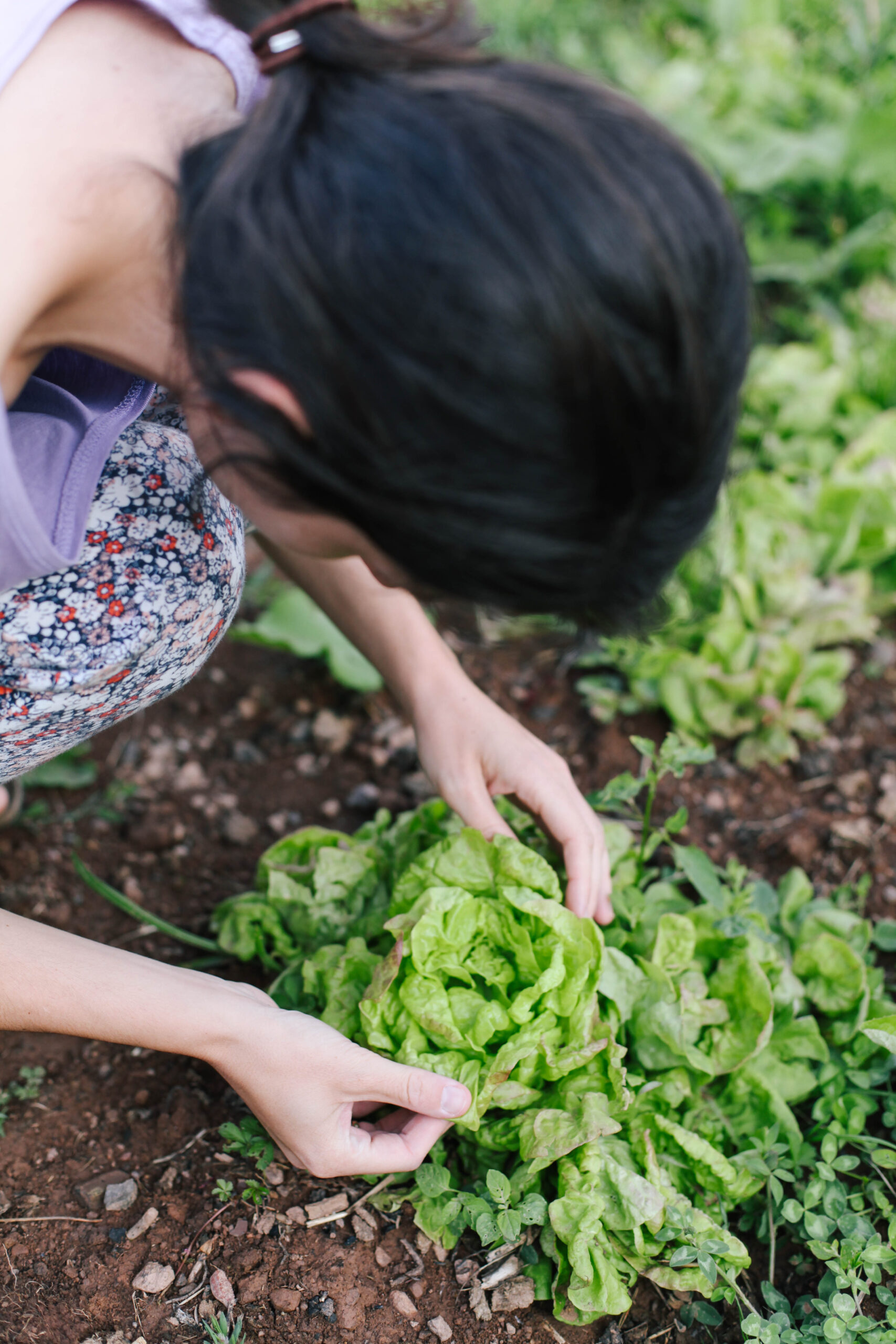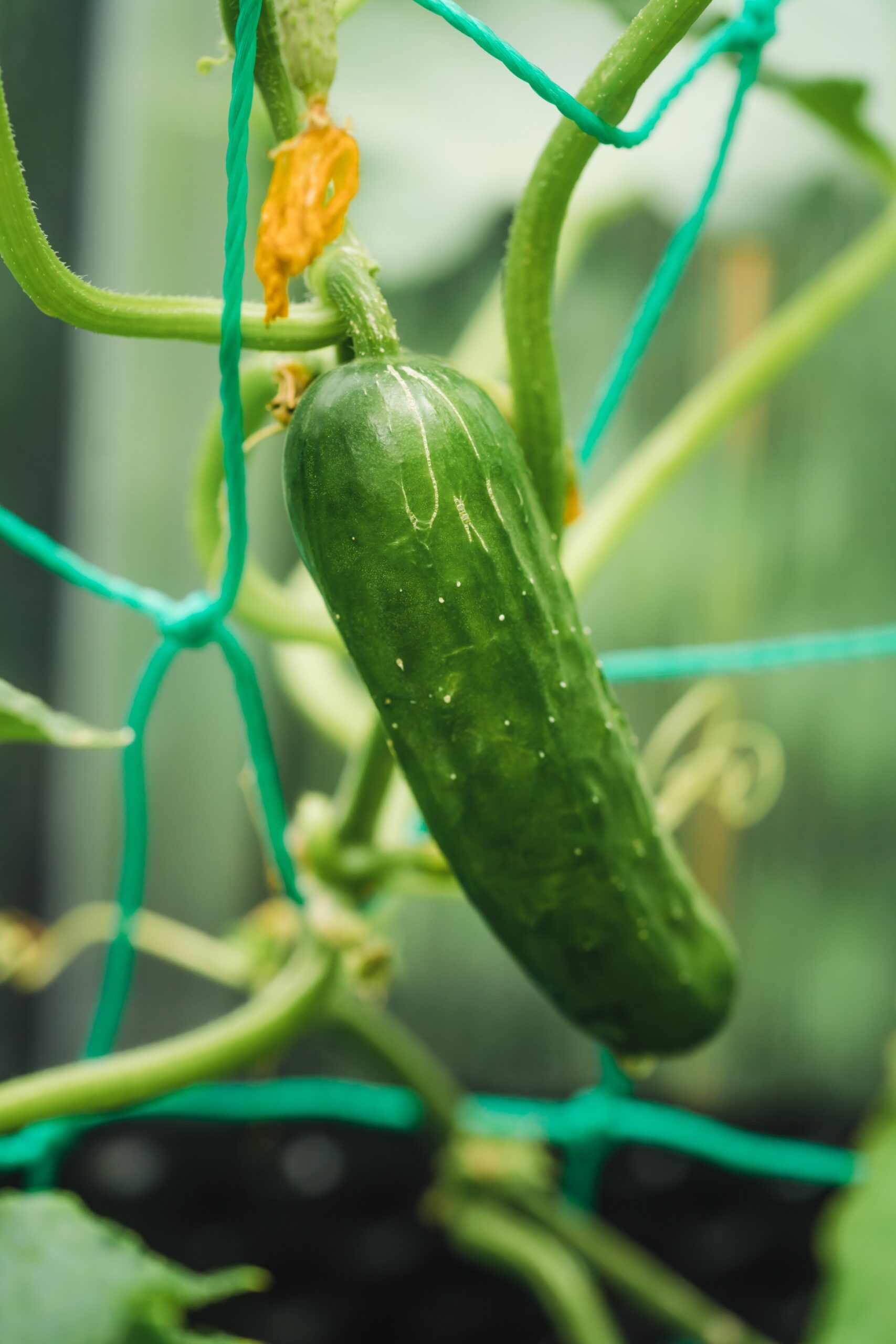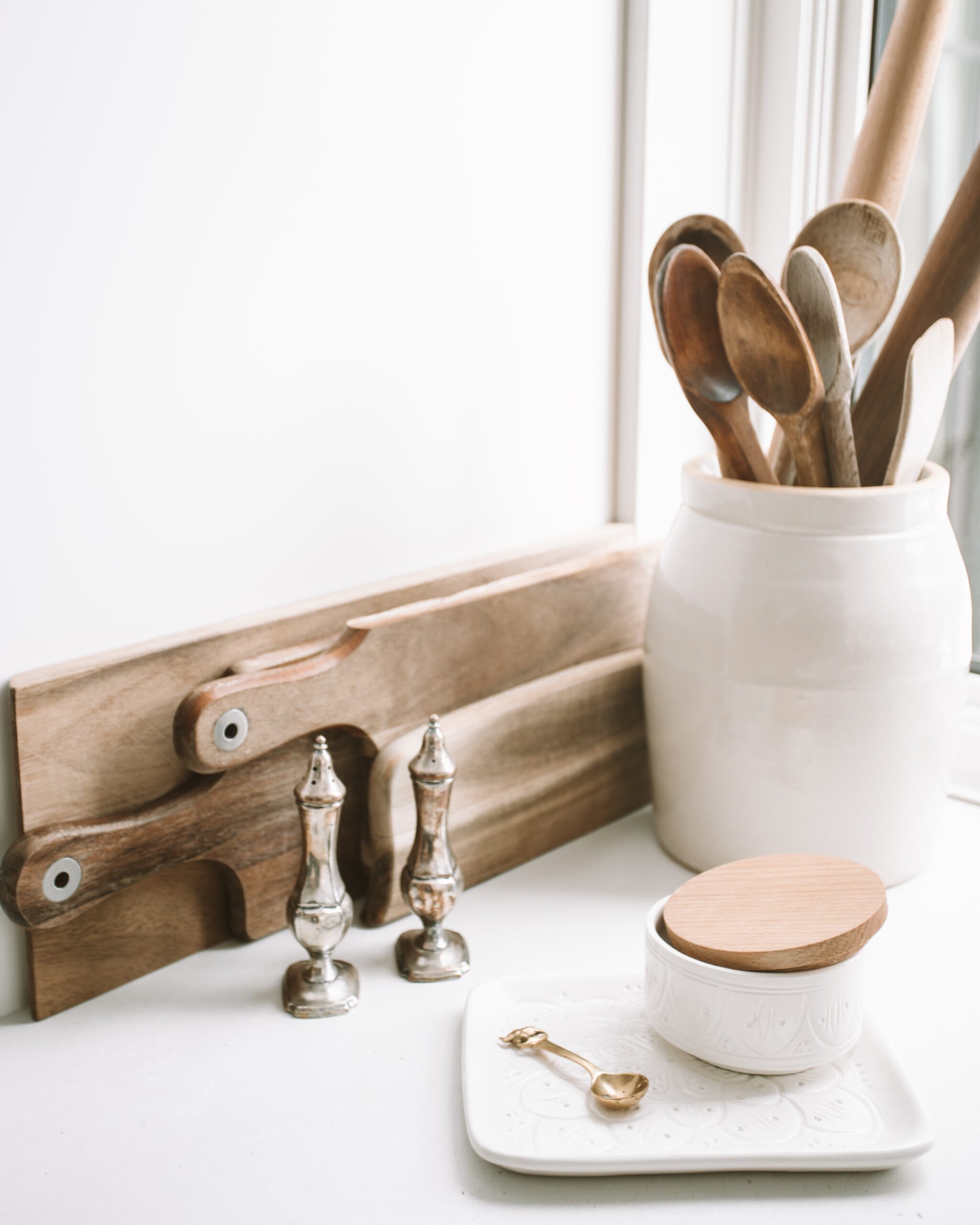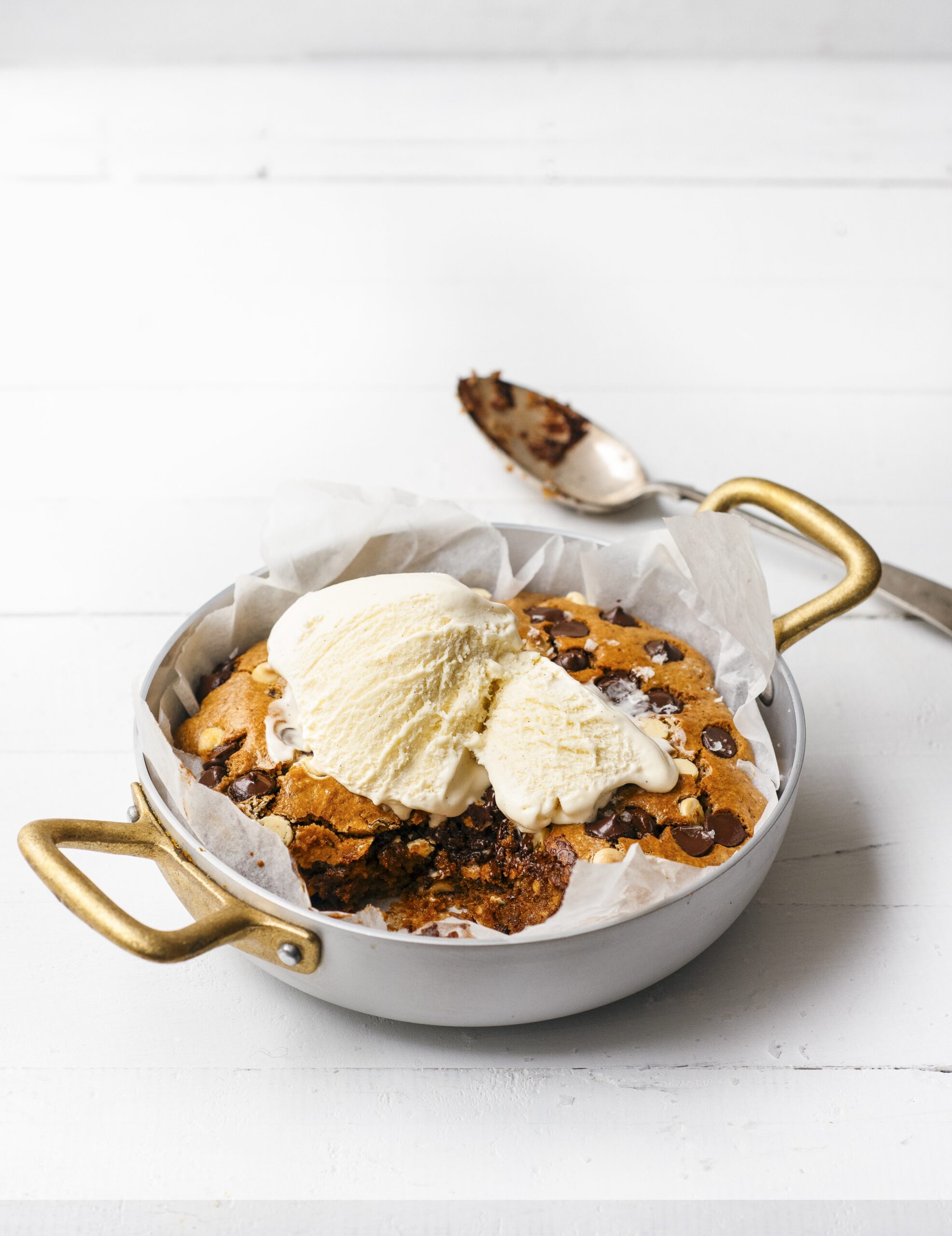From companion planting to making the most of a small space, here’s how to set your garden up for success.
It can be daunting to start a new garden. What plants can be planted where? How much light is too much light? Can carrots be planted next to spring onions?
I also know how exciting it can be to get a new raised garden bed with seedlings at the ready, to then realise in a few weeks’ time that perhaps you got a bit too excited and crammed a few too many plants into the space – and that third kale plant is left reaching for the sun, to no avail.
There are certainly plenty of things you need to consider when starting your veggie garden. Here are some tips to try the next time you’ve got gardening gloves on.
Choose an optimal location
As a general rule of thumb, a vegetable patch needs at least six hours of sun exposure each day. This is important for all of the silverbeet, lettuce, spring onion, cauliflower and broccoli being planted out this season. Celery, parsley and kale, on the other hand, can thrive in shadier areas.
If pockets of your garden are entirely shaded during one season, and sunny the next, movable garden beds are a good idea. Transfer pots to different corners and see what works best!
Growing in a small space
Planter pots, bags, tubs and raised garden containers are also great if you’re tight on space. But don’t just think about ground space! City dwellers will be all too familiar with narrow balconies that only just fit a yoga mat, so making the most of any vertical areas is a must if you want to grow enough to make a salad and add some home-grown colour to your plate.
There are plenty of options for vertical gardens – felt pockets that hang on the wall are a popular choice, or add a few plastic or terracotta pots to a stand. Still need more room? Certain vegetables can also be grown in hanging pots – chillies, peas, lettuce, small beetroots and stump-rooted varieties of carrot and radishes are all top contenders for this time of year.
For any-sized space, though, be mindful how much room each plant has to grow. It’s recommended that crops such as spinach, lettuce, radish, bok choy and celery are planted at least two hand-spaces apart.
Bee-friendly
Bees pollinate crops and flowers, making them vital to food production. There are 45 bee species found in Aotearoa, the most common being New Zealand Honey bees, and they all play an essential role in food production by pollinating edible crops and flowers.
Blue flowers are a particular favourite for bees, and now is the perfect time to plant blue crocus and hyacinth for brilliant blooms in spring.

Companion planting
Flowers are also great companion plants. As the name suggests, companion planting involves grouping plants that help each other grow – often by deterring certain insects, or releasing nutrients that are beneficial to neighbouring varieties.
The orange and yellow colouring of marigolds is often seen dotted across vegetable gardens, their scent known for keeping away many pests. The petals bring glorious colour to salads and desserts, too!
And to answer the earlier question – if carrots can be planted next to spring onions – it’s a definite ‘yes’. In fact, it is a classic combination many gardeners swear by as the aroma of the spring onion deters carrot root fly. In return, the carrots deter onion fly from the onion, making it an ideal match.
Keeping pets out of the garden
Of course, we love our furry friends. But they can wreak havoc in the garden! Installing a fence to your vegetable patch or securing sticks vertically at regular intervals around pots and raised planters is an effective way to keep them out. Dogs are also said to hate the smell of citrus and fresh herbs, so try hanging some dried citrus slices around the garden or positioning herb plants at the perimeter.
While keeping the family pet away from the garden means there will be more produce to harvest, it’s also for their own good – plants including hydrangea, lilies, chrysanthemum, geranium, wisteria, rhubarb, aloe vera, buttercup, daphne and foxglove can be toxic to pets. Instead, consider growing non-toxic flowers such as camellias and alyssum.
Other companion plant combinations include:
- Carrots and leeks
- Basil and tomatoes
- Sweetcorn and squash
- Garlic and roses
- Broccoli and mint
- Radishes and chives
- Carrots and tomatoes
- Sweetcorn and beans
- Sweetcorn and potatoes
- Celery and beans
- Brussels sprouts and thyme
- Cabbage and chamomile
- Cauliflower and oregano
- Cucumber and radish
- Eggplant and marjoram
- Leeks and lettuce
- Lettuce and strawberries
- Parsley and asparagus
- Potato and parsnip
- Radish and cabbage
- Strawberries and borage
- Bok choy and cucumber
- Radish and oregano






